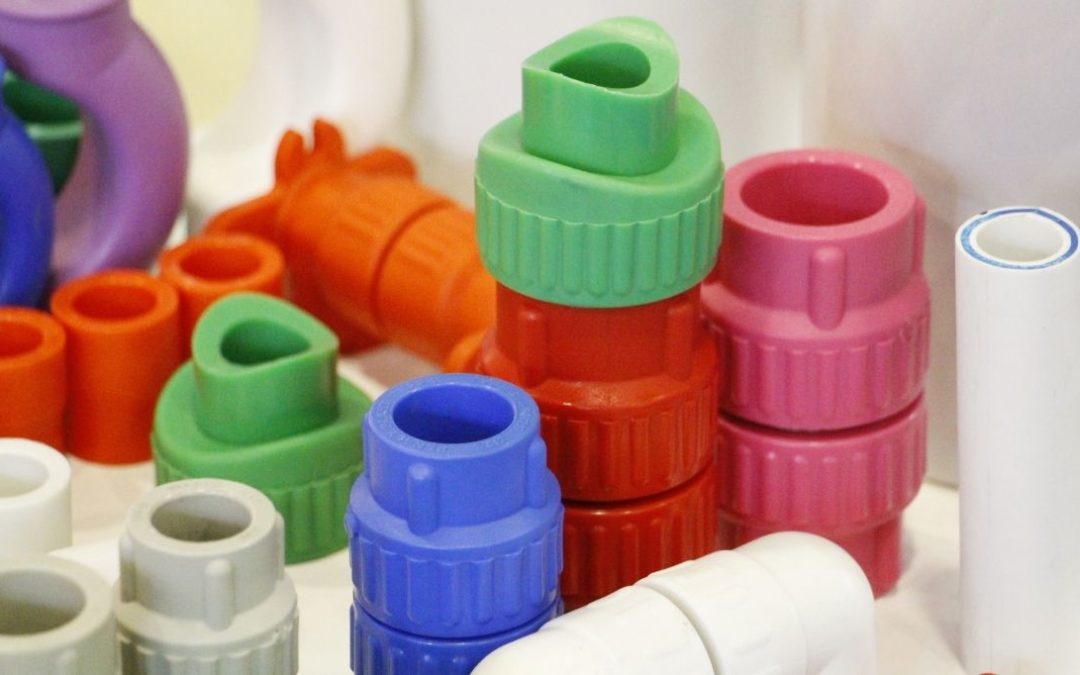The Importance of Using Caps and Plugs in Preventing Damage
Protecting industrial equipment is paramount to ensure reliability and safety. Caps and plugs are unsung heroes in this battle against wear and tear, contamination, and damage. From a small component in a machine to an entire hydraulic system, these protectors serve as an integral part in prolonging the lifespan and maintaining the integrity of the equipment. These seemingly trivial components can lead to significant savings by preventing costly repairs and downtime. Below we’ll explore their crucial role and best practices to leverage their benefits effectively.
Understanding the Role of Caps and Plugs in Industrial Safety
Caps and plugs are crucial in industrial safety, as they fit snugly into pipes, tubes, and other orifices to prevent hazardous materials from leaking or exposing workers. They also maintain machinery integrity during transit or storage, preventing dust, moisture, and other environmental contaminants that could compromise sensitive equipment. Their correct application ensures machinery remains in pristine condition, ready for operation upon installation.
Caps and plugs also contribute to creating a controlled and clean working environment, adherence to industrial safety standards, and reducing the risk of accidents. Without them, accidents could significantly increase. Each piece is engineered for a precise fit, ensuring the utmost protection in various settings, making them indispensable in industrial safety protocols.
Preventing Contamination and Corrosion with Proper Sealing Solutions
Contamination and corrosion are major threats to industrial components, and caps and plugs serve as a defense against these issues. They seal the end points of pipes and containers, preventing contaminants from entering and causing equipment degradation. These sealants also maintain the quality of substances, especially in industries like pharmaceuticals and food processing.
Corrosion can significantly impact the structural integrity of components, leading to costly replacements or catastrophic failures. Caps and plugs are made from materials like plastic, rubber, and metal, selected based on their resistance to substances. Investing in high-quality sealing solutions can significantly reduce the risk of contamination and corrosion, contributing to the longevity and reliability of industrial systems.
The Impact of Caps and Plugs on Equipment Longevity and Maintenance
Caps and plugs are crucial for extending the lifespan of equipment by minimizing the need for repairs and replacements. They protect vulnerable machinery sections, reducing wear and tear and extending the equipment’s usable life. Proper sealing reduces the frequency and scope of maintenance, saving time and resources. A small investment in protective caps and plugs can lead to significant savings in the overall maintenance budget.
Caps and plugs also preserve equipment functionality by minimizing the risk of unexpected breakdowns. They safeguard components against environmental factors and handle errors during downtime, reducing operational interruptions. The use of appropriate sealing solutions impacts day-to-day operations and overall business profitability, yielding a higher return on investment for industrial equipment.
Caps and Plugs as a Critical Component in Hydraulic Systems
Hydraulic systems are essential in various industries, and their integrity is heavily reliant on the cleanliness of their components. Caps and plugs are crucial in maintaining the hydraulic fluid, which can lead to costly malfunctions and downtime. They protect sensitive hydraulic components during machine servicing or parts replacement, preventing dirt and contaminants from entering the system.
Caps and plugs also play a vital role in manufacturing and assembly processes, ensuring the purity of the system from inception to installation. They act as both protectors and placeholders, upholding the integrity of the system, especially when long-term storage or transportation of parts is required.
Best Practices for Selecting and Implementing Caps and Plugs in Your Operations
When selecting caps and plugs for operations, consider factors such as material compatibility, environmental conditions, and durability requirements. Ensure the correct size and shape to prevent misfitting and damage. Adhere to manufacturers’ specifications and consider tolerance levels for both the cap and component. Regularly review usage to replace worn or damaged parts and incorporate new sealing technology into operational protocols.
Proper training is essential for workers to understand application techniques and the importance of proper sealing solutions for optimal
equipment performance and safety. Regularly reviewing caps and plug usage ensures timely replacements and incorporates new advancements in sealing technology.
Overall, the critical role caps and plugs play in industrial operations cannot be overstated. Their impact on safety, cleanliness, equipment longevity, and maintenance is profound. Harnessing these benefits requires conscientious selection and diligent implementation of sealing solutions, ultimately contributing to the efficiency and profitability of any industrial operation.
Keep an eye for more latest news & updates on The Mail!






